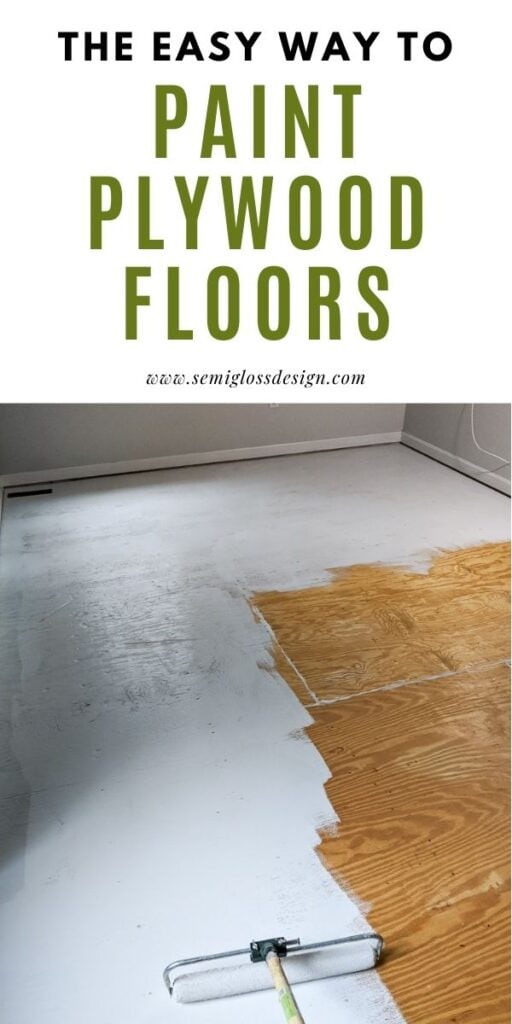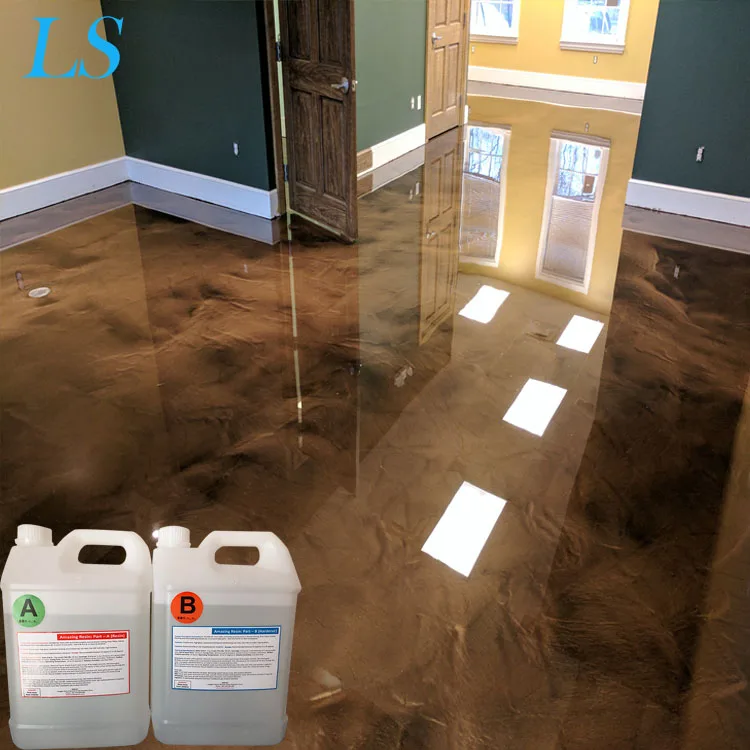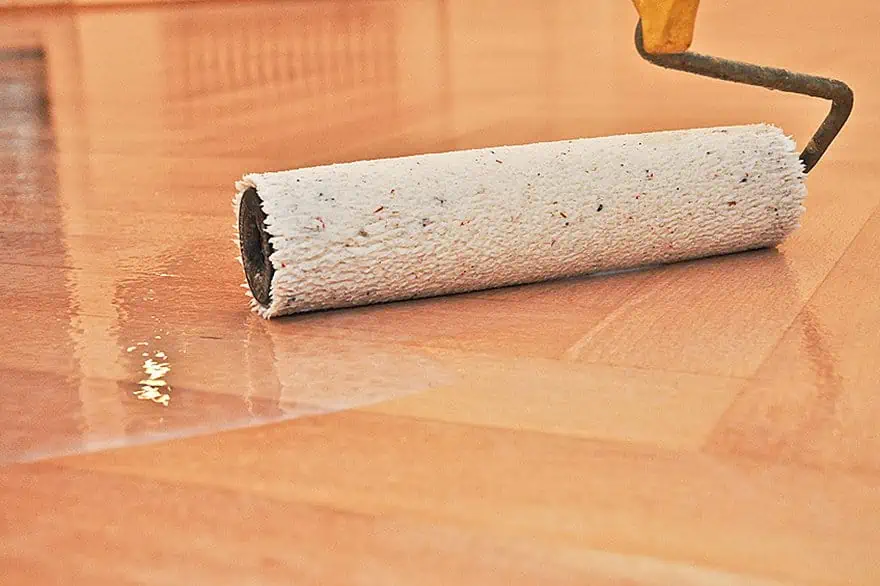Painting a plywood floor with a two-part epoxy paint can be an excellent way to enhance its durability, protect it from wear and tear, and create a polished and attractive finish. Before starting the painting process, properly preparing the plywood surface is important. Begin by ensuring that the plywood is clean and free of any dust, debris, or previous coatings. Sweep or vacuum the floor thoroughly and wipe it down with a damp cloth to remove any remaining dirt.
Next, it’s crucial to properly seal the plywood to prevent moisture from penetrating the wood. Apply a primer specifically designed for plywood to create a smooth and uniform surface for the epoxy paint. This will also help the paint adhere better to the plywood. Allow the primer to dry completely according to the manufacturer’s instructions before proceeding to the next step.
Once the primer has dried, it’s time to apply the two-part epoxy paint. This type of paint consists of a resin and a hardener that need to be mixed together in the correct ratio. Follow the instructions provided by the manufacturer carefully to ensure proper mixing. Using a paint roller or brush, apply an even coat of epoxy paint onto the plywood floor. Work in small sections and be mindful of any drips or puddles. If desired, apply a second coat of epoxy paint for added durability and a smoother finish. Allow each coat to dry thoroughly before applying the next one.
After the epoxy paint has fully cured, it’s important to provide the proper care and maintenance to prolong the life of the painted plywood floor. Avoid dragging heavy furniture or sharp objects across the surface to prevent scratches or gouges. Regularly clean the floor with a soft mop or cloth and a mild detergent. Avoid using abrasive cleaners or scrub brushes that can damage the epoxy finish. If the floor becomes stained, clean it promptly with a gentle cleaner or spot treatment recommended for epoxy surfaces.
In summary, painting a plywood floor with two-part epoxy paint can transform it into a durable and visually appealing surface. Proper surface preparation, including cleaning and priming, is essential for achieving a smooth and long-lasting finish. Follow the manufacturer’s instructions for mixing and applying the epoxy paint, and allow sufficient drying time between coats. Once the floor is painted, provide regular care and maintenance to protect the epoxy finish and keep it looking its best. With proper preparation and attention to detail, painting a plywood floor with two-part epoxy paint can result in a beautiful and resilient surface for your space.
Painting Plywood Floor With 2 Part Epoxy Paint
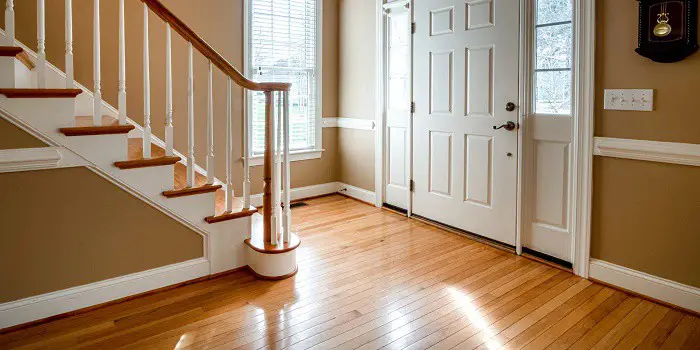
Amazing Painted Plywood Subfloor: A How To
How to Paint Plywood Subfloor – In My Own Style
You Would Never Guess Itu0027s Over Wood Subfloor DIY Faux White Marble Luxury Floor Using Epoxy Resin
How to Paint a Plywood Floor
DIY SHED TO WORKSHOP TRANSFORMATION PAINTING PLYWOOD WALLS u0026 CONCRETE EPOXY MODERN BUILDS EP. 2
86 Painted plywood floors ideas painted plywood floors, plywood
How to Paint a Plywood Floor: The Easy Way – Semigloss Design
Paint Chip Floor Over Wood Subfloor Commercial Kitchen Transformation!
86 Painted plywood floors ideas painted plywood floors, plywood
2 Parts Epoxy Resin Crystal Clear Liquid For 3d Painting
Epoxy Paint for Wood – Epoxy Coating for Wood Floors
DIY PLYWOOD FLOORS Part 2 How to Stain and Seal Plywood Floors
How To Paint a Checkerboard Floor on Plywood – Thistlewood Farm
Related Posts:
- Benefits Of Epoxy Flooring In Garage
- Professional Epoxy Garage Floor Cost
- Wattyl Garage Floor Epoxy
- Epoxy Patio Floor
- Epoxy Garage Floor Designs
- How To Epoxy Floor Paint
- How To Apply Flakes To Epoxy Floor
- Metallic Epoxy Floor Coating Kit
- Epoxy Floor Coating Self Leveling
- Pearl Metallic Epoxy Floor Coatings
Painting Plywood Floor With 2 Part Epoxy Paint
Plywood is one of the most popular materials used in flooring today. It is durable, affordable, and easy to install. However, without proper care and maintenance, it can quickly become dull and lackluster. Painting your plywood floor with a two-part epoxy paint is an effective way to give it a new look and protect the surface from damage.
The Benefits of Painting Plywood Floors With Epoxy Paint
Painting your plywood floor with epoxy paint has several benefits. First, epoxy paint is extremely durable and resistant to wear and tear. This makes it ideal for areas such as high-traffic hallways, kitchens, or bathrooms where the floor may see a lot of foot traffic. Secondly, epoxy paint is also water-resistant, so it can be used in wet areas such as bathrooms or laundry rooms without fear of damage. Finally, epoxy paint can be easily cleaned with a damp cloth or mop, making it ideal for busy households.
Preparing the Plywood Floor for Painting
Before you start painting your plywood floor with epoxy paint, it’s important to prepare the surface properly. Start by sweeping the floor to remove any dirt and debris. Next, use a vacuum to suck up any remaining dust and debris. Once the surface is clean, you can begin sanding the floor using an electric sander or sandpaper. Make sure to sand in a uniform direction and remove any splinters or rough patches that may cause the paint to chip or peel over time.
Mixing and Applying the Epoxy Paint
Once the surface has been properly prepared, you can mix the two components of the epoxy paint together according to the manufacturer’s instructions. It’s important to mix the components thoroughly in order to ensure that they are properly blended together. Once the mixture is ready, you can begin applying it to the plywood floor with a brush or roller. Use long strokes to cover the entire surface evenly and make sure there are no streaks or missed spots. It’s also important to allow each coat of paint to dry before applying another coat.
FAQs
Q1: How long does it take for two-part epoxy paint to dry?
A1: The drying time will depend on the type of paint used and environmental factors such as temperature and humidity levels. Generally speaking, two-part epoxy paint should be given at least 24 hours to dry before adding a second coat.
Q2: Do I need to use a primer before painting my plywood floor?
A2: Yes, it is highly recommended that you use a primer before painting your plywood floor with epoxy paint. Primer helps create a smooth surface and provides an extra layer of protection against moisture and wear and tear.
Q3: Can I use regular latex paint instead of epoxy paint?
A3: While regular latex paint may provide some protection against wear and tear, it won’t be as durable or water-resistant as epoxy paint. Therefore, if you are looking for a more durable finish that will last longer, then it is best to opt for epoxy paint instead of regular latex paint.
Finishing Touches
Once all coats of epoxy paint have been applied and dried completely, you can add some finishing touches to complete your project. If desired, you can apply a glossy topcoat for extra shine and protection against wear and tear. Additionally, you can also add stripes or patterns for visual interest or use tape to create neat edges around fixtures or walls in the room.
Maintaining Your Epoxy Paint Finish
In order to keep your plywood floor looking its best for years to come, it’s important to take good care of it. Regular sweeping and mopping will help keep dirt at bay while an occasional damp cloth will help remove any stubborn stains or marks that may appear over time. Additionally, avoid dragging furniture across the painted surface as this could cause scratches or chips in the finish.
Painting your plywood floor with two-part epoxy paint is an effective way to give your floors a new look
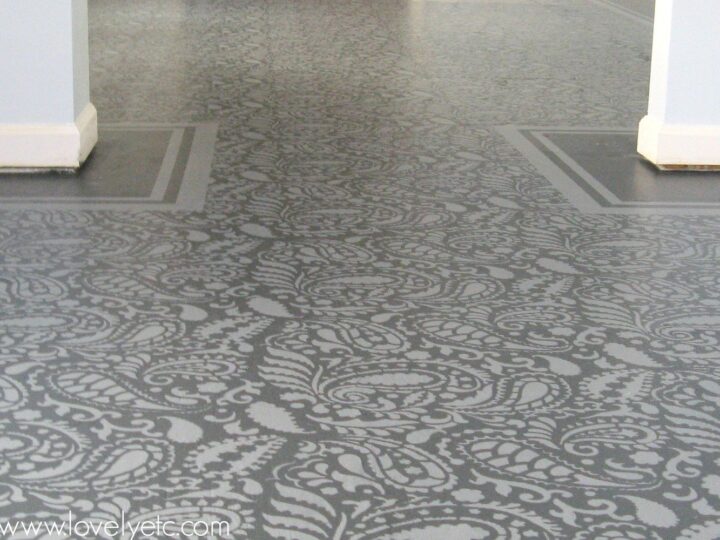


/Paintingplywoodfloor-GettyImages-696143855-59f9481c685fbe001109a805.jpg)


